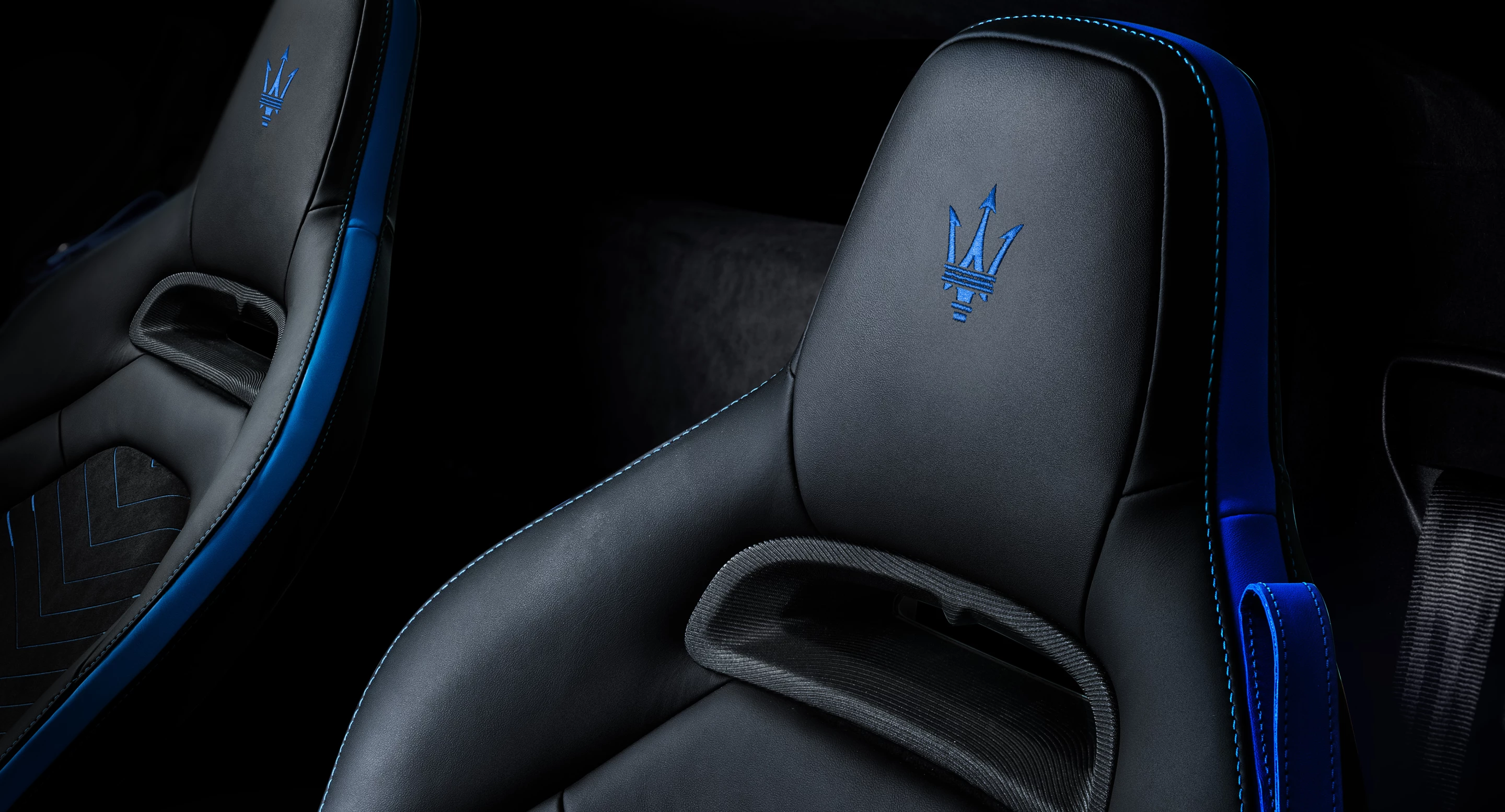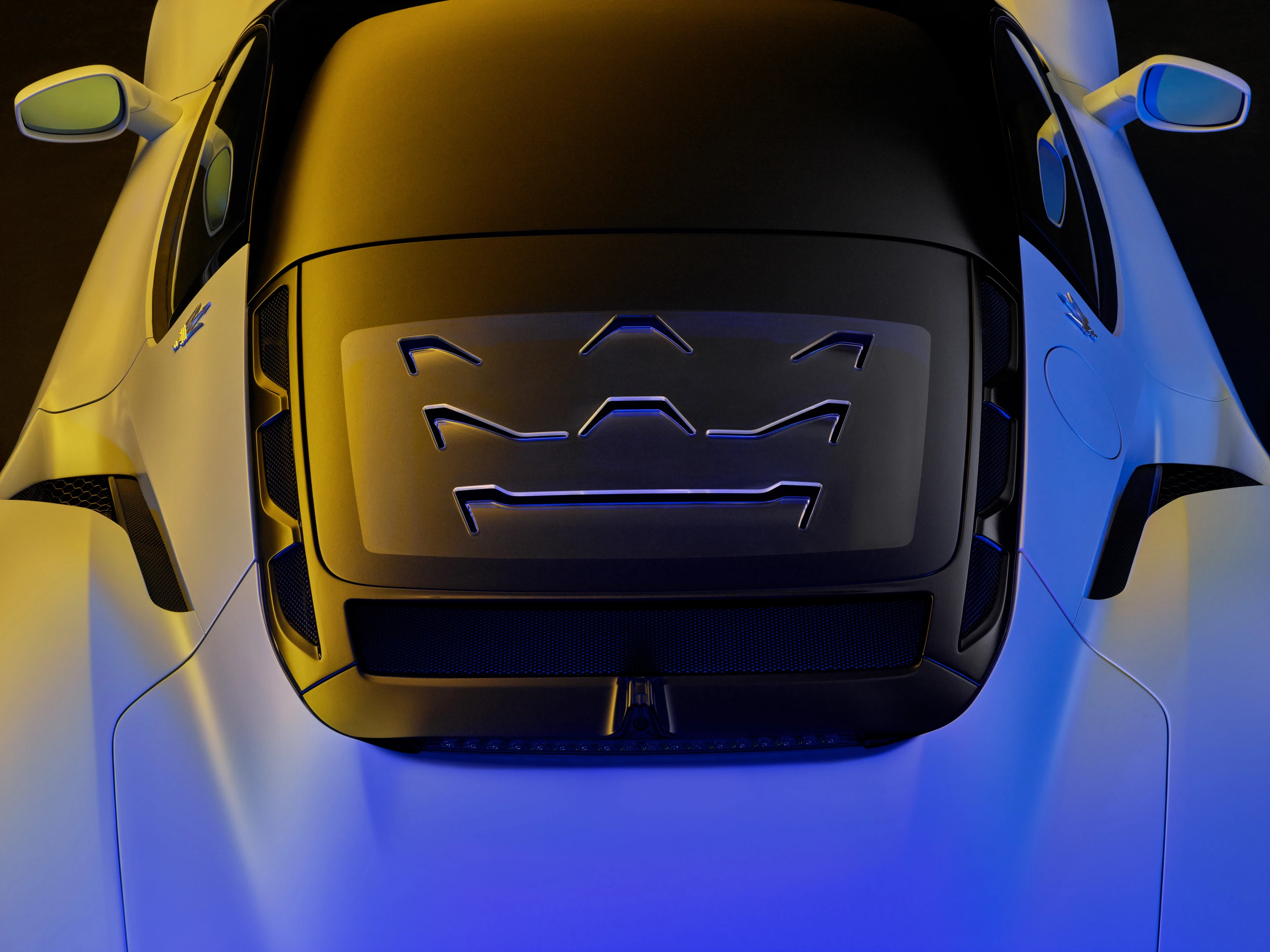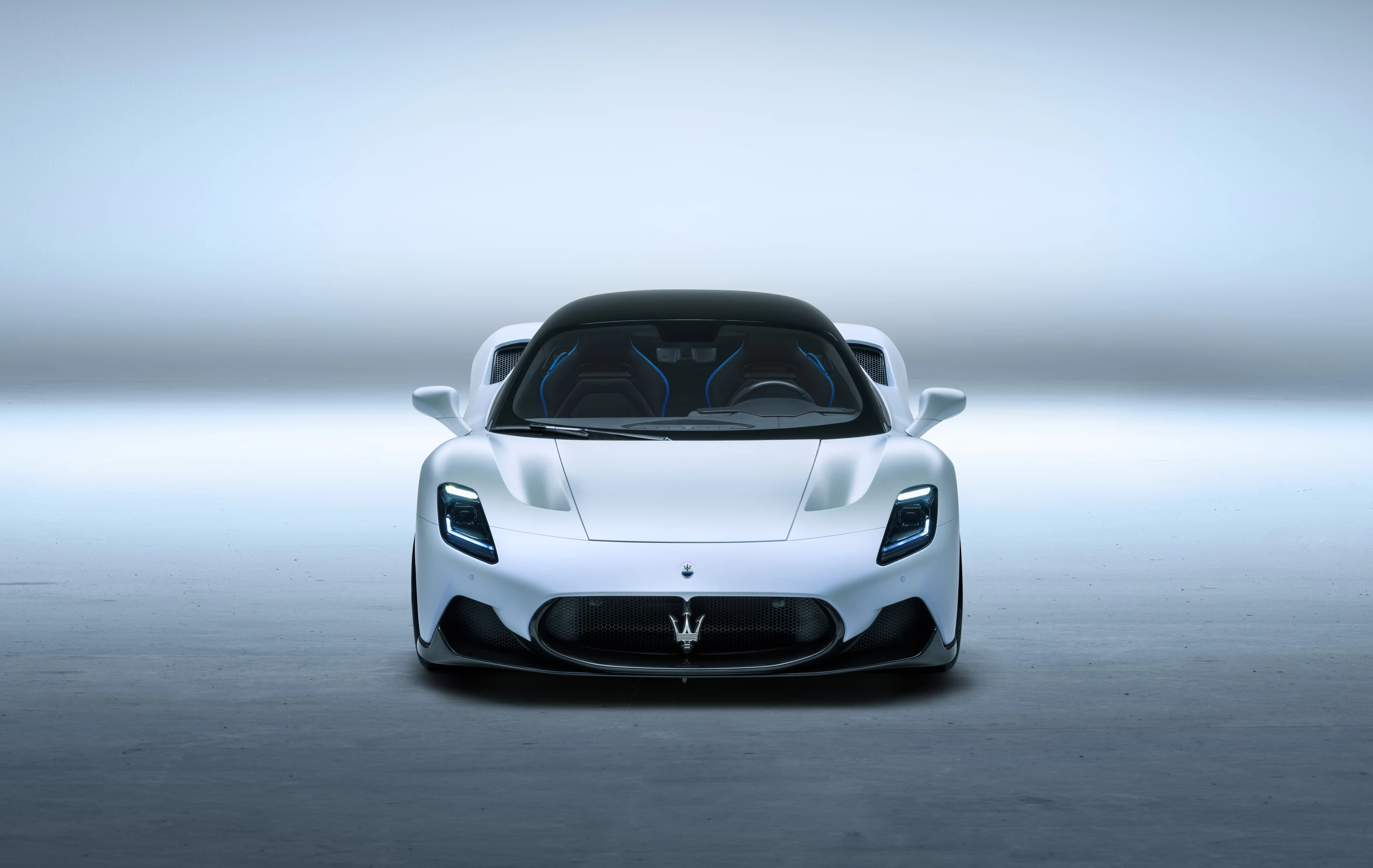Early leaks over the last few days may have ruined some of the surprise, but Maserati has finally launched its MC20 supercar and the future of its brand. The 630-horsepower V6 engine is a fully in-house design, and the car itself is a beauty.
It must've been tough for these guys for the last 20 years, sitting there in the storied Motor Valley of Modena, watching its neighbors Ferrari, Lamborghini and Pagani pumping out blisteringly fast supercars year after year as Maserati relatively humbly took Ferrari's engines and made a series of increasingly anonymous sedans and SUVs out of them.
Now, the company can hold its head up high again. It's got a proper exotic supercar on its books, with a record breaking engine designed and built in-house. That record is for the highest power density in a V6; the Nettuno engine extracts 630 horsepower and 730 Nm (538 lb-ft) from three liters of displacement.
Today we see the rest of the car, and while it does maintain some of the classy design restraint that characterizes the rest of the Maserati range, it's every inch a supermodel and makes a few statements of its own in the supercar class.
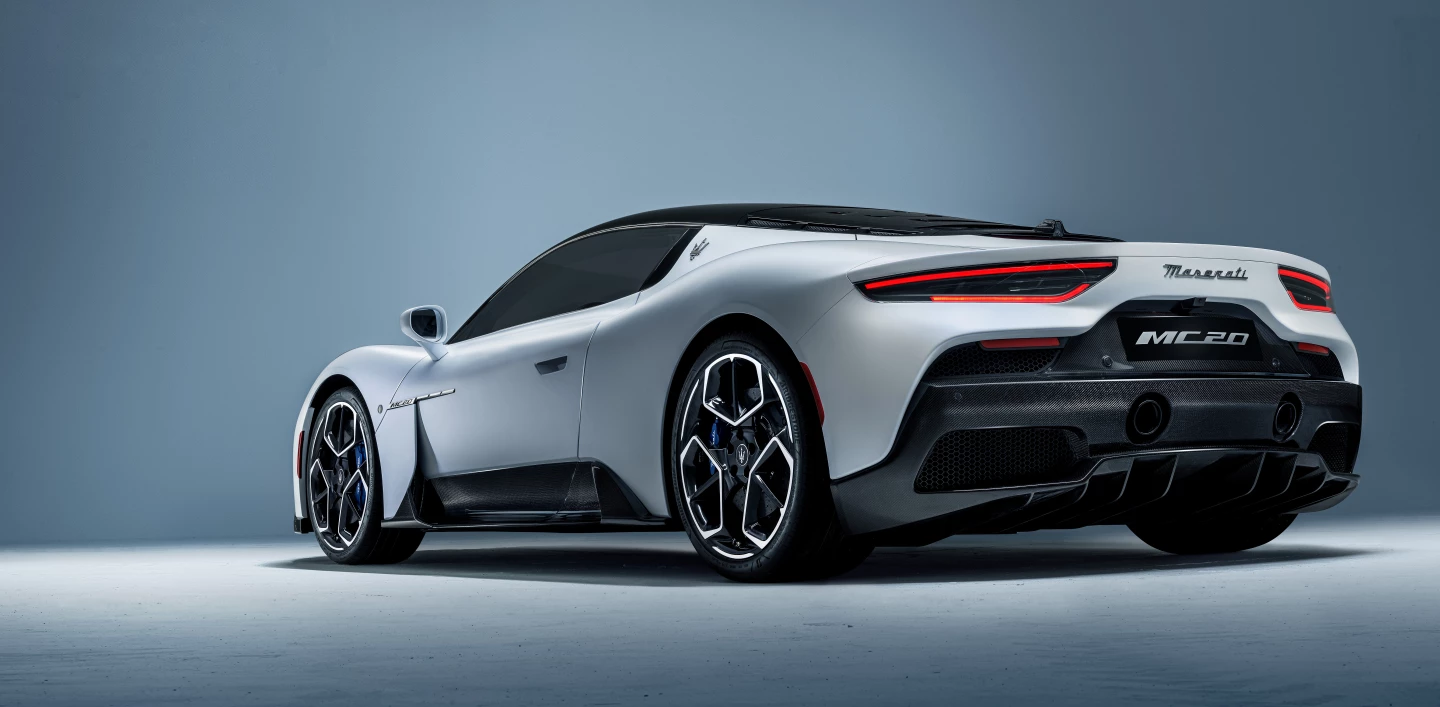
The philosophy here is business at the bottom, party at the top. The lower half of the car is all engineering, a carbon fiber chassis with Maserati's first serious underbody aeros. The top half is all hand-sculpted sexiness, with curves that might fall a little closer to the Aston Martin school of design than the Ferrari one, but that do sing a lovely song. And the doors open upward, so you can feel as special as you like as you hoist yourself in and out of the MC20's ground-hugging cabin.
The three little side vents that have features on all recent Mazzas have been relocated to the sides of the abstract trident-branded rear engine cover, which makes sense since they were only ever there to vent engine heat. Bucking the trend with most of these high-powered beasts, Maserati has steered away from emphasizing big holes in this design. The engine intakes, for example, are tucked away in the hips of the car rather than being showcase items.
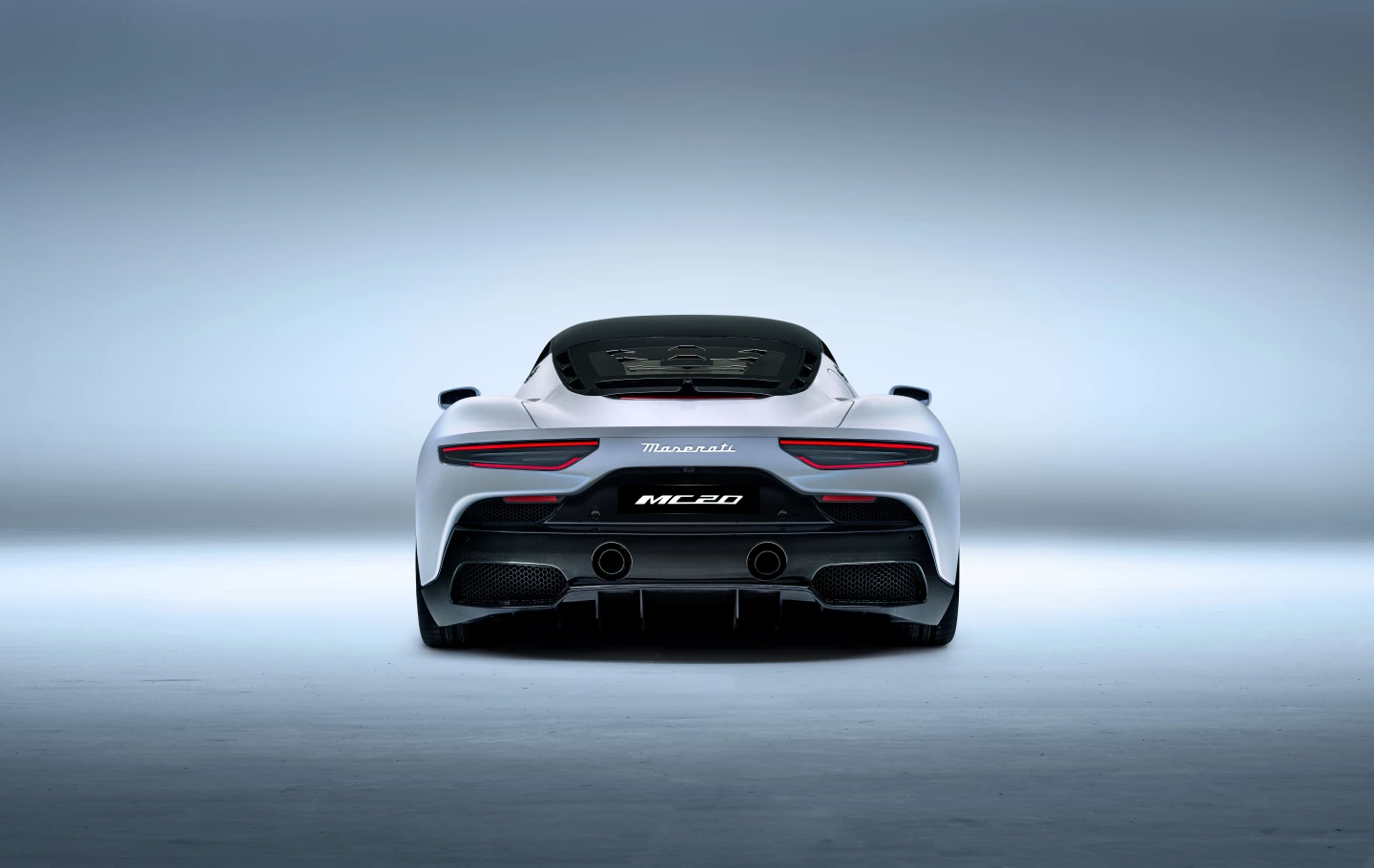
The back of the car is designed to look even wider and lower than it is, which is very. The naked carbon underbody rises up more than halfway up the vehicle, and the black engine cover drops right down to sandwich a thin shell of bodywork punctuated by wide, razor-sharp taillights. The front, on the other hand, centers around a rounded-off grille that recalls the front of a 60s-era F1 car from certain angles.
The interior is interesting, too; the MC20 is absolutely designed to be a high performance road and track car, with just enough comfort and luxury touches to make it an attractive week-long tourer as well. The compromise has been well handled here; there's a lot of bare carbon in the cabin, and controls are minimal and focused. But the seats look about as comfy and padded as you could hope for in a serious sports car, and the wide-aspect touch screen can handle connectivity and infotainment as well as fine-tuning your performance parameters.
The carbon frame – a first for Maserati – has allowed for a kerb weight "under 1,500 kg" (3,307 lb), putting it about where you'd expect, and giving it a 2.33 kg/hp power to weight ratio that the company says tops its class. Making 0-100 km/h (0-62 mph) in less than 2.9 seconds, 0-200 km/h (0-124 mph) in less than 8.8 seconds, and with a top speed over 325 km/h (202 mph), there's plenty of opportunity here to get yourself in trouble.

Maserati says the MC20 "announces the intention to return to the world of racing," and we'll see what form that takes in the coming months. But for now, the company is clearly glowing with pride over its first proper supercar since the MC12, and a new engine platform and design philosophy that point to a more audacious future. Exciting times!
We embed two videos below. The first is a fairly standard hype promo, the second features Klaus Busse, head of design for Fiat, Abarth, Lancia, Alfa Romeo and Maserati at Fiat Chrysler Automobiles, giving you a bit of a walkaround. The latter offers a lot more detail on the design, as well as the opportunity to wonder how Busse, who's over 6 foot 7 inches (201 cm) tall, is going to fit in the tiny MC20. Watching him get in and out would be fun!
Source: Maserati





